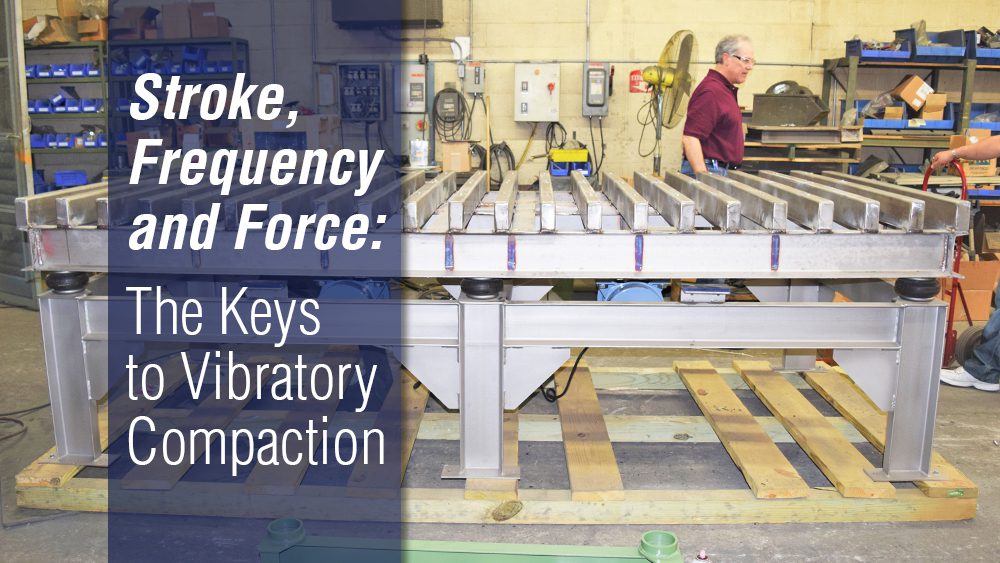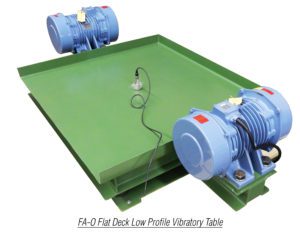Who Knew “Shaking the Popcorn Bowl” Applied to Industrial Vibration?
By CVC Team
My first introduction to the productive work that can be accomplished with vibration was probably by my dad. Back in the day our family would on occasion sit down for some TV and popcorn. Sorry, no movies on demand, no DVDs or even VHS, I’m not sure how we made it through those dark days! This was pre-microwave popcorn and my mom would pop it the “old school” way, with a heavy pan and oil. I think you can still see this technique demonstrated at a museum or two. Traditionally the popcorn was served up in a large spun aluminum bowl. My dad had the rather annoying habit of shaking the bowl which would vibrate the un-popped kernels, “old maids,” down to the bottom of the bowl which created a rather loud noise as they hit the aluminum. More than once I asked him what the heck he was doing, he’d say he was “bringing the big popcorn to the top”. When I asked how that worked his pat response was – “physics”!! Read More…
Share this blog post:




